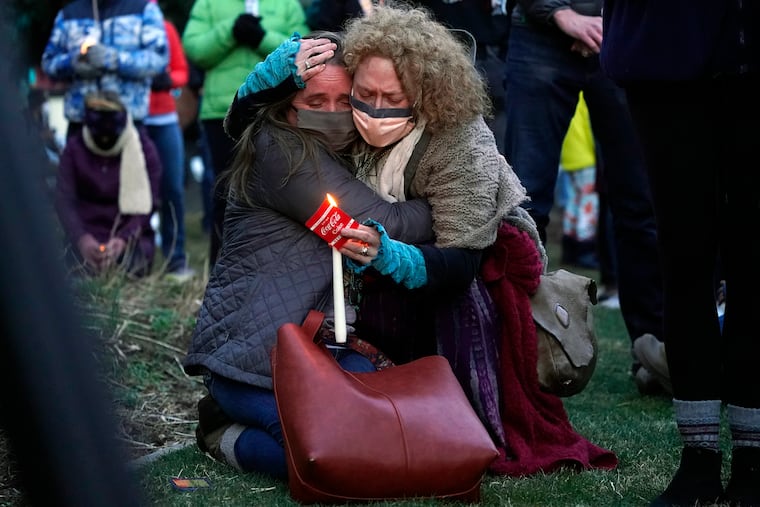Can we stop mass shootings if we won’t talk about the crisis of America’s young men? | Will Bunch
Killers in Atlanta, Boulder had little in common — except they are 21-year-old men, the age when many of their peers are adrift. Will U.S. talk about this?
